In the age of Industry 4.0, the integration of cutting-edge technologies has sparked a revolutionary wave, transforming conventional manufacturing processes. Leading this industrial evolution is the domain of industrial automation, where efficiency, precision, and connectivity intersect to redefine the operational landscape of industries.
At the core of this paradigm shift is the incorporation of Internet of Things (IoT) applications in industrial settings. These IoT apps serve as digital orchestrators, connecting machinery, systems, and data streams to optimize operations and elevate productivity.
By 2021, the worldwide market for IoT in manufacturing reached a valuation of $50.0 billion, projected to achieve a substantial revenue of approximately $87.9 billion by 2026, with a notable Compound Annual Growth Rate (CAGR) of 11.9% from 2021 to 2026. This showcases the robust expansion and increasing significance of IoT technology within the manufacturing sector.
This exploration delves into the dynamic landscape of IoT app development tailored for industrial automation, unraveling the synergies between technology and industry to propel us into a future where intelligent connectivity drives manufacturing efficiency.
Illustrating Future Trends in the IoT Market:
Business investments in IoT are experiencing a significant surge, escalating from $215 billion to $832 billion, while consumer-driven spending grew from $72 billion in 2015 to $236 billion in 2020, underscoring the undeniable momentum of IoT in shaping business trends.
ACT, representing nearly 5,000 mobile technology organizations, highlights the substantial impact of IoT on mobile app development in the healthcare sector, forecasting a noteworthy $117 billion connected healthcare market.
Global manufacturers are anticipated to invest a substantial $70 billion in IoT solutions, marking a $29 billion increase compared to 2015 figures. Industries such as Transportation & Logistics, Discrete Manufacturing, and Utilities are projected to collectively invest around $40 billion each in IoT systems.
The International Data Corporation (IDC) foresees a surge in IoT spending, projecting $745 billion in the current year, with an anticipated surpassing of the $1 trillion milestone in 2022.
According to Statista’s report, the intersection of the analytics market and IoT has already reached an impressive $520 billion, emphasizing the momentum behind key IoT trends. The global B2C Commerce sector is expected to allocate $25 billion for IoT systems, software, and platforms, while the future scope for IoT in healthcare and process industries is estimated to witness investments of around $15 billion each, portraying the widespread application of IoT across various industries.
The Impact of IoT App Development in Industrial Automation:
Connectivity and Real-Time Monitoring:
IoT app development for industrial automation revolves around the ability to connect and monitor devices and systems in real time. Integration of sensors and smart devices provides unparalleled visibility into operations.
Operational Efficiency Optimization:
IoT apps optimize operational efficiency by enabling predictive maintenance, identifying and addressing equipment issues proactively, minimizing downtime, reducing maintenance costs, and prolonging machinery lifespan.
Data-Driven Decision-Making:
IoT integration generates substantial data, offering sophisticated analytics and visualization tools for informed decision-making, spanning from production forecasting to supply chain management.
Safety Enhancement and Risk Mitigation:
IoT-enabled sensors and devices contribute to safer work environments by monitoring equipment conditions and environmental factors in real-time, detecting potential hazards and triggering alerts or automated responses.
Challenges and Considerations:
Despite the substantial benefits of IoT app development in industrial automation, there are challenges that need to be addressed. Addressing security concerns, safeguarding data privacy, and managing the complexity of integrating diverse systems present critical challenges. It is imperative to implement robust cybersecurity measures, adhere to industry standards, and formulate a meticulous implementation strategy to effectively overcome these hurdles.
Future Implications and Industry Adoption:
IoT app development in industrial automation is set for notable expansion. Advancements in technology and cost-effectiveness are driving smaller enterprises to embrace IoT solutions, with integration with AI and machine learning expanding possibilities.
Smart Manufacturing:
Leveraging IoT technologies improves manufacturing processes through connectivity solutions, allowing remote monitoring and management, facilitating real-time adjustments to production schedules.
Enhanced Supply Chain Management:
IoT optimizes supply chain management by offering increased visibility into critical aspects such as inventory levels and shipping statuses, promoting enhanced decision-making and efficiency.
Conclusion:
The fusion of IoT and industrial automation has initiated a paradigm shift in manufacturing. IoT app development enhances connectivity, real-time monitoring, efficiency, data-driven decision-making, safety, and risk reduction. To embark on this transformative journey, partnering with a specialized IoT app development company is crucial, ensuring seamless integration of cutting-edge technology into industrial operations. Devstree, with its expertise and IoT developers for hire, stands as a prime choice for such endeavors.






.svg)

.svg)


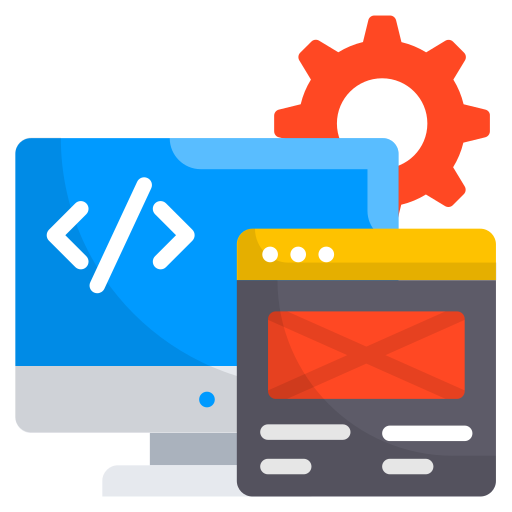


.png)

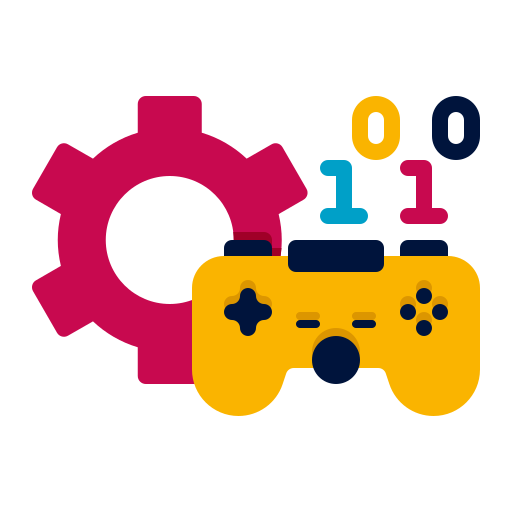
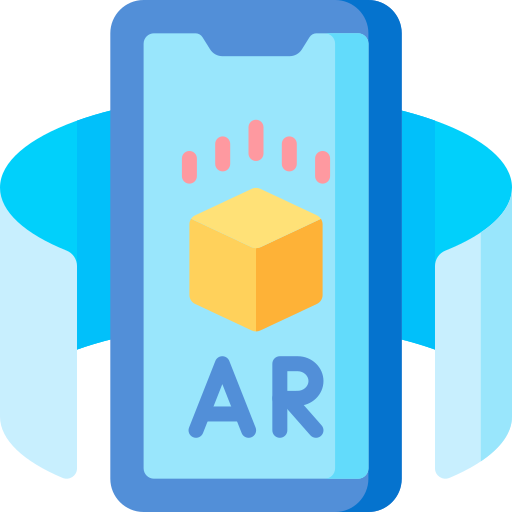




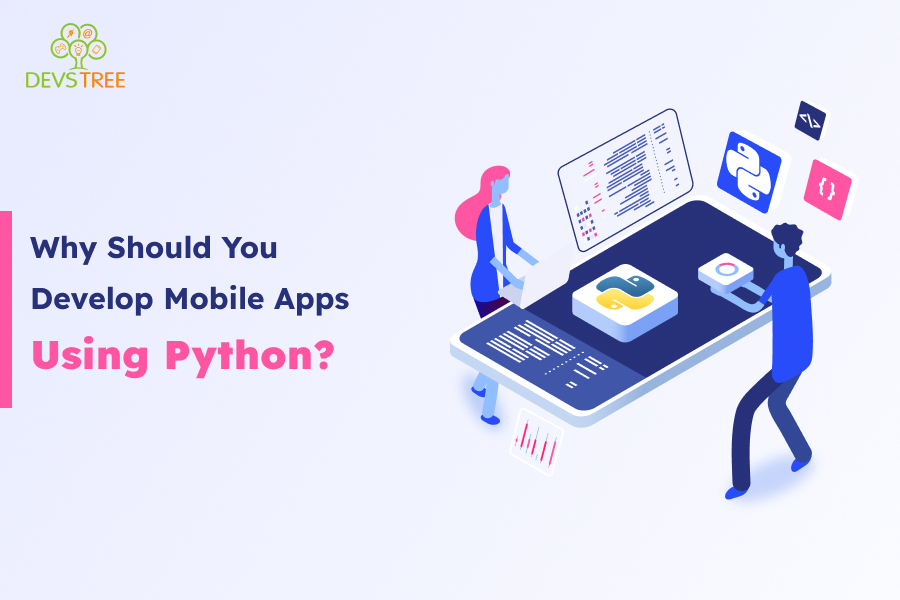
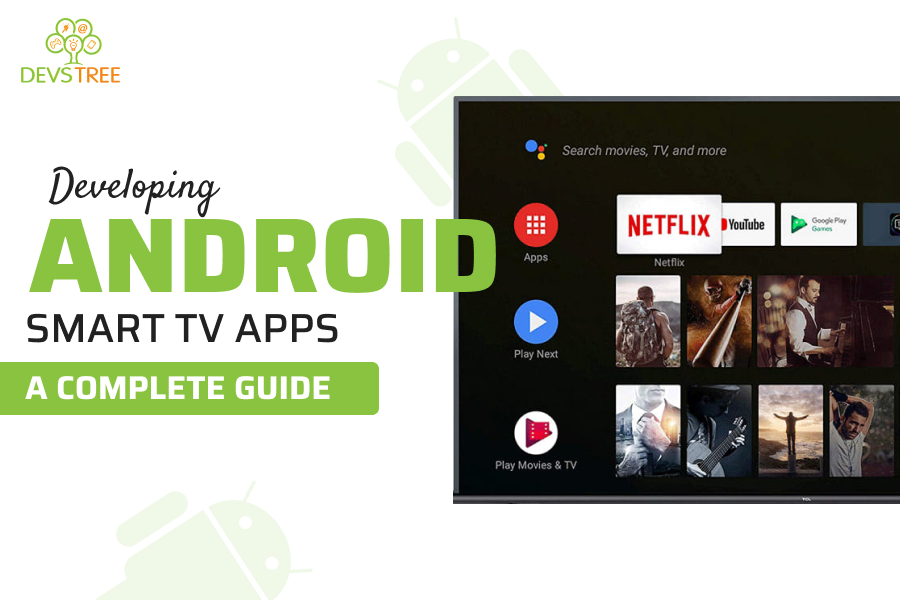
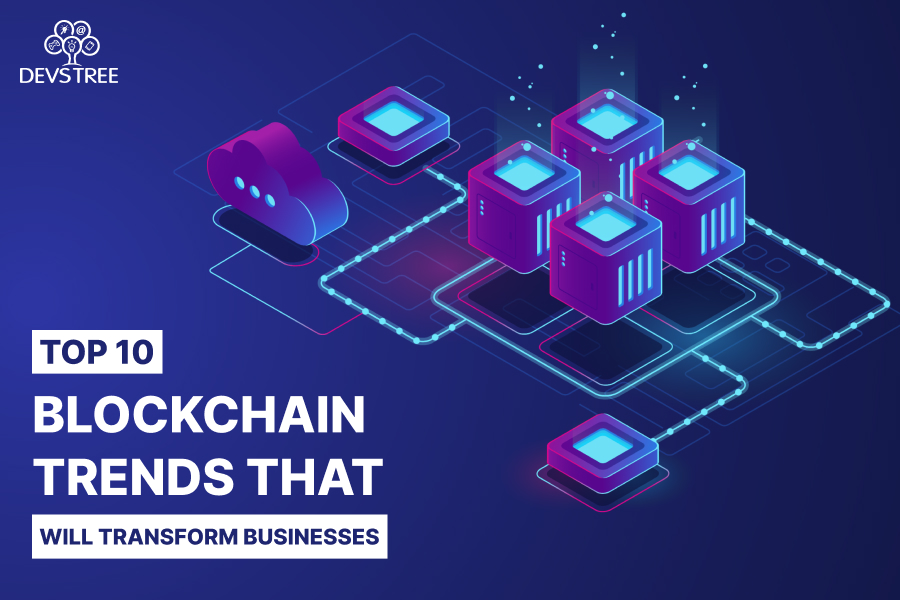
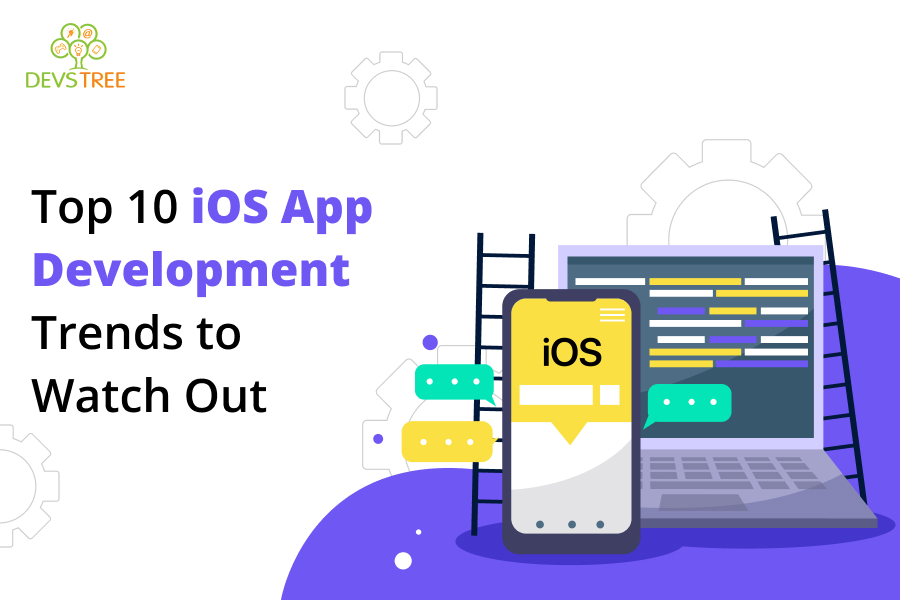


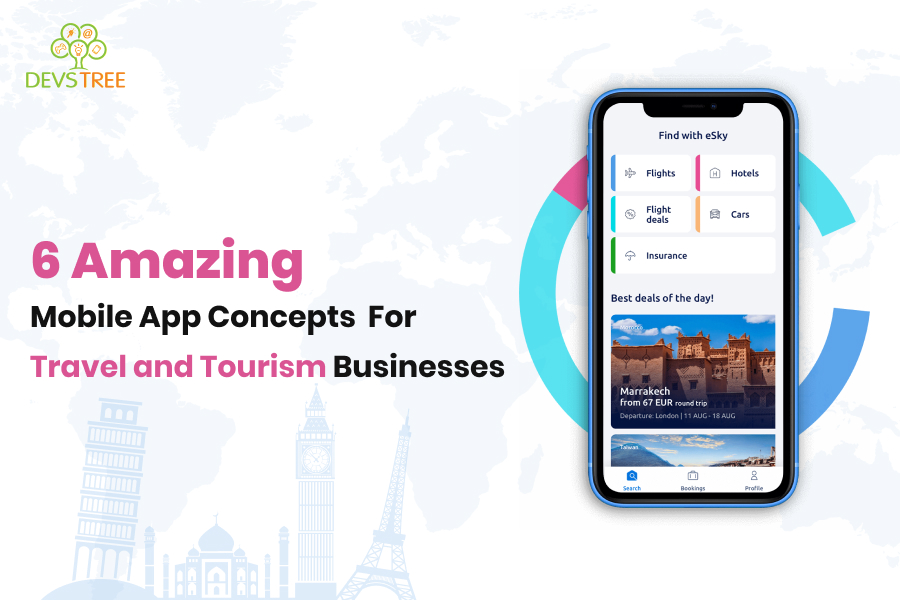





originil.webp)

originil.webp)

